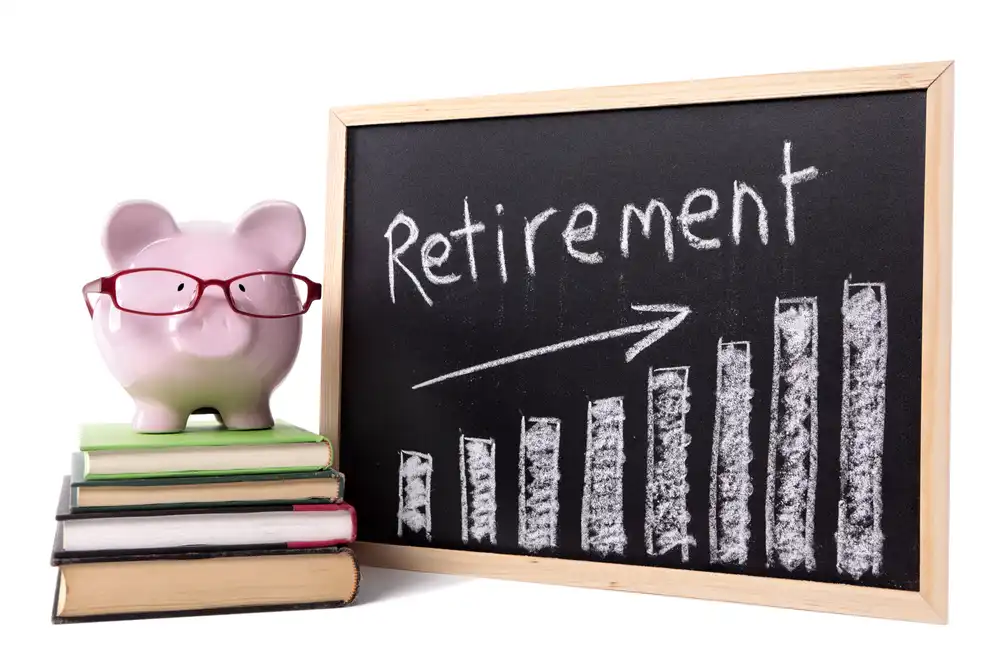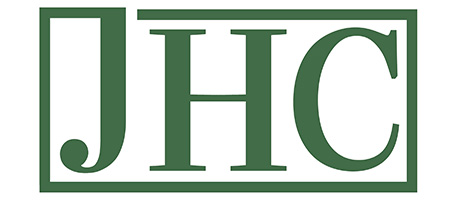Because your business takes up much of your time and responsibilities, you may be tempted to postpone your retirement planning. But it’s an important step if you want to step away from your business. There is no set time to retire, but 42% of small business owners plan to do so at 65 or older (while 29% of them plan to do so between the ages of 55 and 64. Only 19% of small business owners plan to retire between the ages of 40 and 55. But whether your retirement is five years away or 15-20 years down the road, you can benefit by starting the planning process now.

When it’s time for you to enter your next phase of life, you need to have a plan that will help you to live comfortably in the future. You should think about retirement in four different phases, which include the following:
- Accumulation.
- Transition.
- Distribution.
- Legacy.
The accumulation phase starts when you’re still working. You then make the transition into retirement, where you distribute your assets for yourself and your loved ones before leaving a legacy for the next generation.
If you’re a small business owner, here are some strategies you can use to help you gain financial independence in the future.
#1: Define Your Retirement Goals
Retirement planning doesn’t happen overnight. It takes time to determine your retirement goals and accumulate enough assets to create enough of a financial cushion for when you retire. You should think about specific details (such as where you want to live, how much it will cost, the types of expenses you’ll have, and where you’ll get your retirement income).
You should start by answering the following questions:
- When do you want to retire?
- What kind of retirement do you want?
- How much money do you need to set aside?
Make sure your goals are written down, specific, measurable, and time sensitive. That way, you’ll know how to achieve them.
#2: Choose the Right Retirement Savings Plan
Once you have outlined all of your goals, it’s time to come up with a retirement plan. You can strengthen your retirement strategy and open the door to possible tax advantages by opening up retirement savings accounts. You want to find an option that will suit the needs of both you and your business, but you also want to think about how much financial independence you want to have when you retire.
Some of the most common retirement plans include the following:
- Traditional or Roth Individual Retirement Account (IRA) — A traditional IRA will allow you to make tax deductible contributions, and taxes are deferred until the savings are withdrawn. With a Roth IRA, the taxes are paid up front. So, you can have access to tax-free money when you retire.
- Simplified Employee Pension (SEP) IRA — An SEP IRA is a type of tax-advantaged retirement account that’s used most often by self-employed individuals. It can be either set up by employers or self-employed people and will allow them to make small contributions to the accounts.
- Savings Incentive Match Plan for Employees (SIMPLE) IRA Plans — This is another tax-advantaged account that’s designed for businesses with 100 or fewer employees, who can choose to contribute a percentage of their salaries to the plan. Employers also have the option to match up to a percentage of their salary.
- Solo or Individual 401(k) — If you’re a business owner, this plan can cover you and your spouse if that person is employed by the business. But it may not be an option if you have other people working for your company.
- Traditional 401(k) Plan — This is one of the more popular types of retirement plans that’s funded with employee contributions and matched contributions from their employers. They can also give business owners a great deal of flexibility on how they can structure the plan.
Be sure to speak to a financial professional for more information.
#3: Diversify Your Retirement Savings
Having both tax-deferred and tax-free savings may help with your current taxes and long-term planning goals. Take a look at your cash flow, tax situation, and long-term retirement goals so you can come up with a savings plan that’s right for you. You also want to diversify your investment selections within these accounts by not having a concentration of individual companies or industries so you can manage your risk.
#4: Come Up with an Exit Strategy
Once you have figured out what you want to achieve and have implemented a retirement savings plan, you need to come up with an exit strategy because you will eventually want to leave your business or turn over the day-to-day operations to someone else. It may take years of planning to shape the future of your business, but don’t leave it to interpretation before you retire.
If you’re looking for a CPA in Corpus Christi that can help you with your retirement planning, be sure to reach out to Jennings & Hawley.
